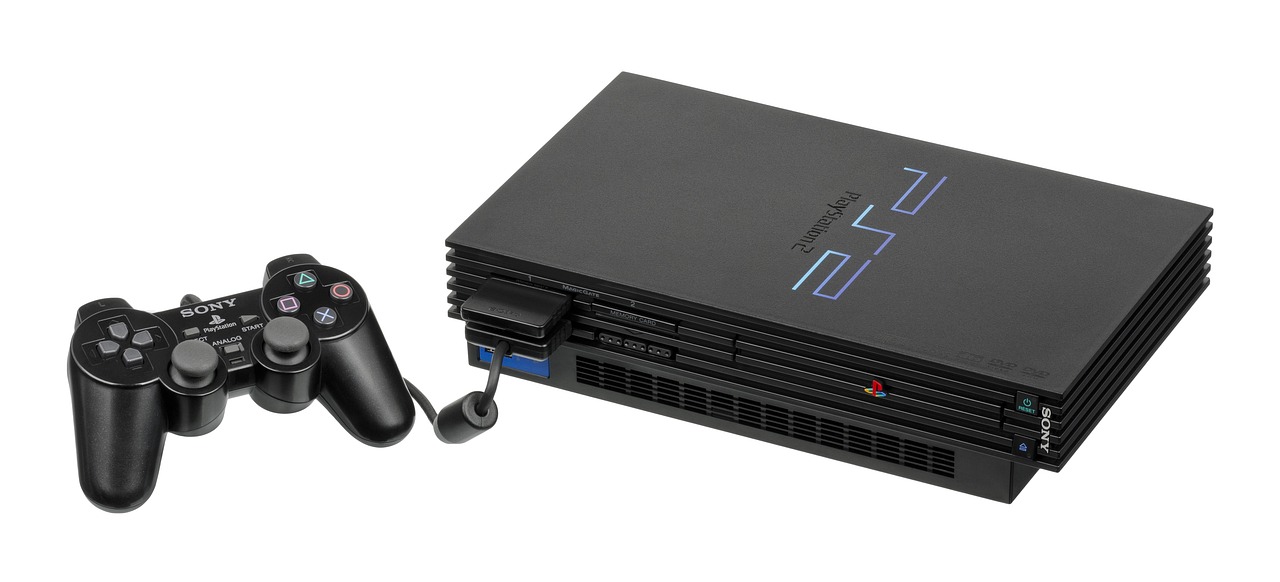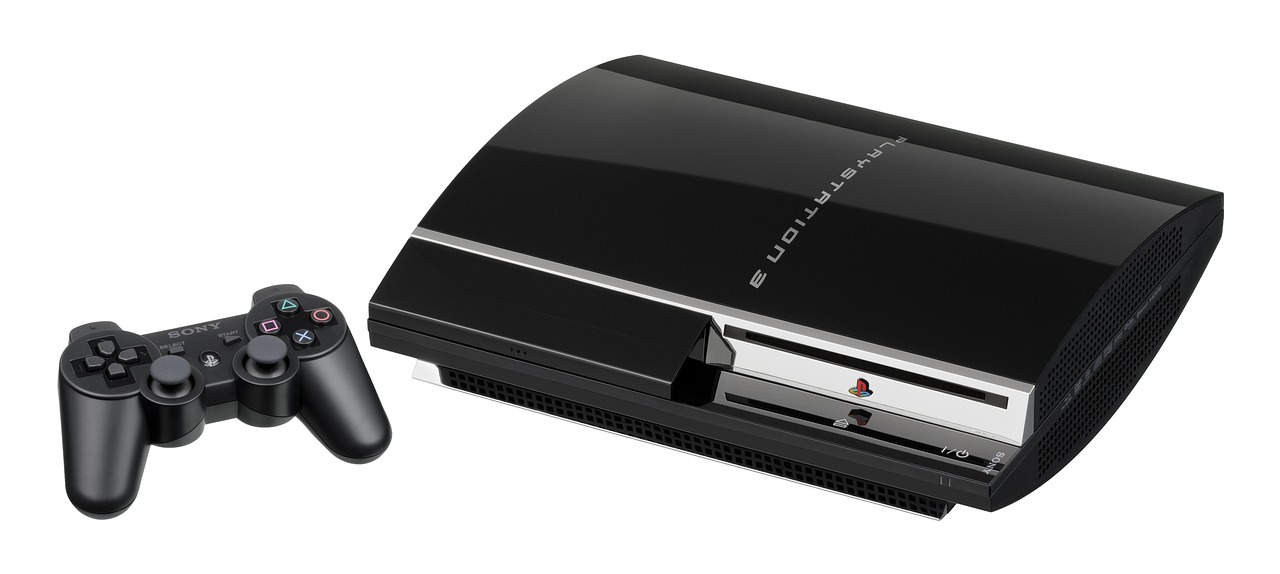Multi-position Controller PLC Programming
Multi-position Controller PLC Programming is a type of programming used to control multi-position systems. It allows for the control of multiple positions within a system simultaneously, providing precision control and positioning capabilities. This type of programming is commonly used in industrial automation, robotics, and other fields that require accurate positioning of multiple devices. By using PLC (Programmable Logic Controller) programming, multi-position controllers can be programmed to execute complex tasks, such as moving devices from one position to another, controlling speed and direction, and monitoring system status. This programming approach can help to enhance productivity, improve quality, and reduce costs in various industries.
In industrial automation, multi-position controllers (MPC) are commonly used to control processes that involve moving machinery or equipment to multiple positions. The MPC typically consists of a series of switches and/or relays that can be set to engage at different positions along the way. To ensure the accurate and reliable control of these processes, it is essential to program the MPC using a suitable programming language and interface. In this article, we will explore the PLC (Programmable Logic Controller) programming of a multi-position controller.
1、Introduction to Multi-position Controllers
Multi-position controllers are designed to control processes that require equipment to be moved to multiple positions. They are commonly used in applications such as material handling, packaging, processing lines, and robotic systems. The MPC typically consists of a series of switches and/or relays that can be set to engage at different positions along the way. The switches and relays are connected to the PLC, which receives input signals from the switches and sends output signals to the relays to control the positioning of the machinery or equipment.
2、PLC Programming for Multi-position Controllers

PLC programming for multi-position controllers involves several steps. First, the PLC must be selected based on the requirements of the application. The PLC should have sufficient input/output points to accommodate the number of switches and relays in the MPC. Additionally, it should have enough processing power to handle the complexity of the control algorithm.
Once the PLC is selected, the next step is to program it using a suitable programming language. Common programming languages for PLCs include Ladder Diagram (LD), Function Block Diagram (FBD), Structured Text (ST), and Instruction List (IL). These languages provide a way to define the control logic of the system, including how the switches and relays are to be controlled.
In programming the PLC for a multi-position controller, you will need to define the following elements:
Input signals: These are the signals from the switches in the MPC that indicate the position of the machinery or equipment.
Output signals: These are the signals sent to the relays in the MPC that control the positioning of the machinery or equipment.
Control logic: This defines how the PLC will interpret the input signals and generate the output signals to control the positioning of the machinery or equipment.
3、Programming Examples and Best Practices
When programming a multi-position controller using a PLC, it is essential to follow best practices to ensure accurate and reliable control. Here are some programming examples and best practices to consider:

Use structured programming techniques to organize the code and make it easier to read and maintain. This includes breaking down the program into functions or subroutines that perform specific tasks.
Use variables to store intermediate results or data that will be used in multiple places in the program. This can help reduce errors and improve code clarity.
Test the program thoroughly in a simulation environment before implementing it on actual hardware. This can help identify and correct any bugs or errors in the code before it is used in a real-world application.
Document the program extensively using comments and annotations to explain what each part of the code does and how it interacts with other parts of the system. This can help other developers understand and maintain the code in the future.
4、Conclusion
In conclusion, PLC programming for multi-position controllers is essential for accurate and reliable control of industrial automation processes that involve moving machinery or equipment to multiple positions. By selecting a suitable PLC, using appropriate programming languages, and following best practices, you can create effective multi-position controllers that meet the requirements of your application.
Articles related to the knowledge points of this article:
The truck plc controller: a crucial component for efficient truck operation
PLC Controller Graphic Symbols
Panasonic PLC Rotational Speed Controller
PLC Controllers in Henan: A Comparative Analysis to Identify the Best Provider
PLC Controller: Working Principles and Applications in Device Operation